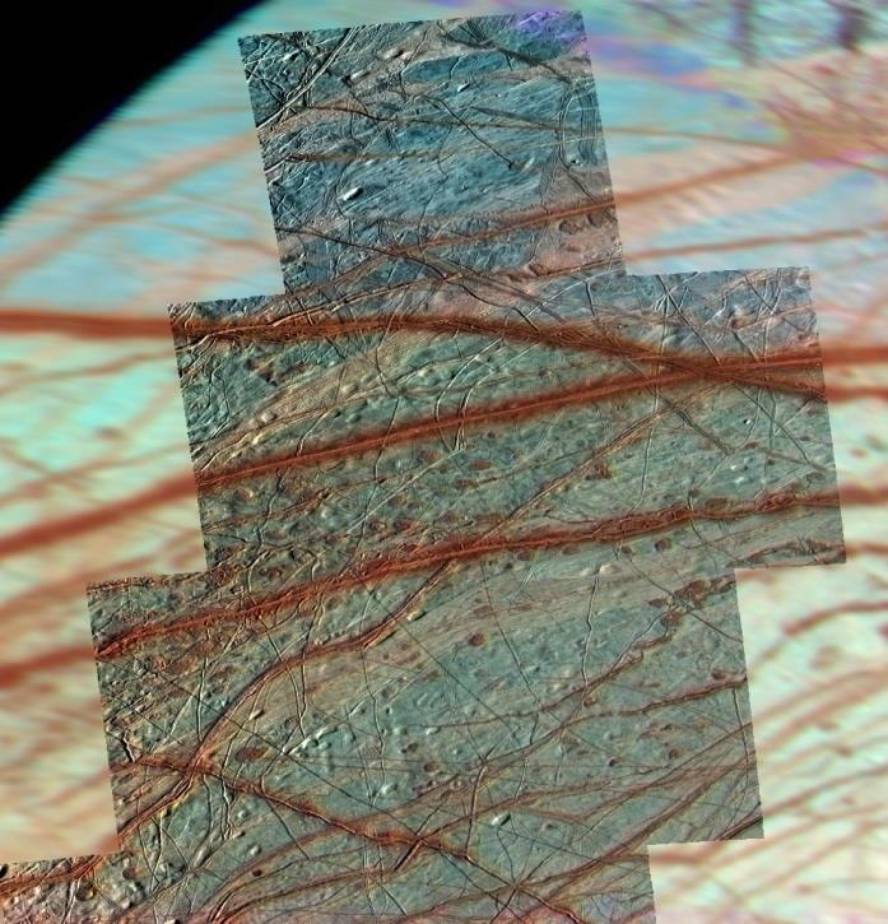Discover plate tectonics on the European Moon

The finding has been published in the journal Nature Geoscience by geologist Simon Kattenhorn of the University of Idaho and researcher Louise Prockter of John Hopkins University of Maryland.
Scientists have used the photographs obtained by NASA's Galileo spacecraft between 1995 and 2003 to carry out the research. Specifically, an area of 134,000 square kilometers has been investigated with high-definition photographs of the area.
The images have been mounted as a giant geological puzzle and placed one after another. Thus, the variations that have experienced over the years the geological characteristics of the surface have been fragmented and separated as a consequence of the movement.
“When we put all the pieces together we realized that in that reconstruction there was a big hole, a blank space,” explains researcher Kattenhorn, in the news service of the journal Nature. “We think the missing part has been absorbed downwards into the moon.”
Researchers Kattenhorn and Prockter have concluded that the structure of the moon Europe is based on the tectonic plate system. A layer of ice a few kilometers thick moves over another layer of hotter and slippery ice. The ice of this first sinking layer is melting and added to the underlying ice.
Scientists believe that the moon Europe has an ocean under the ice, and that these tectonic movements could communicate the surface of the moon with the underlying ocean, that is, the surface and underground elements would move from one side to the other.
Some researchers have already begun to think that plate movement can make the presence of simple living beings on the ice moon more viable than expected.





